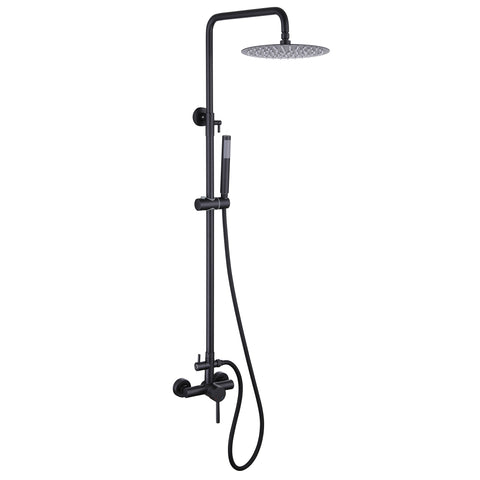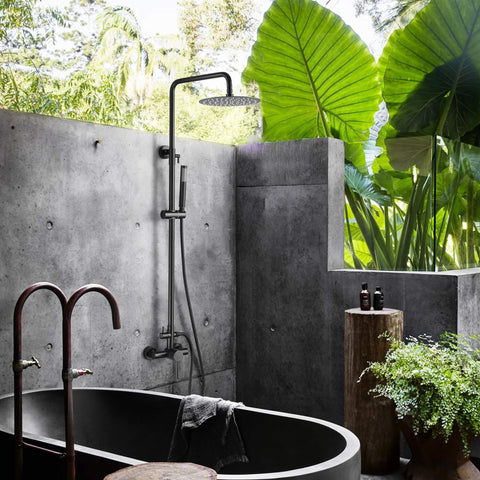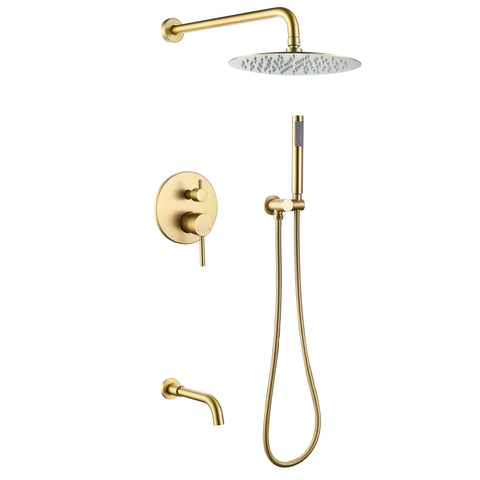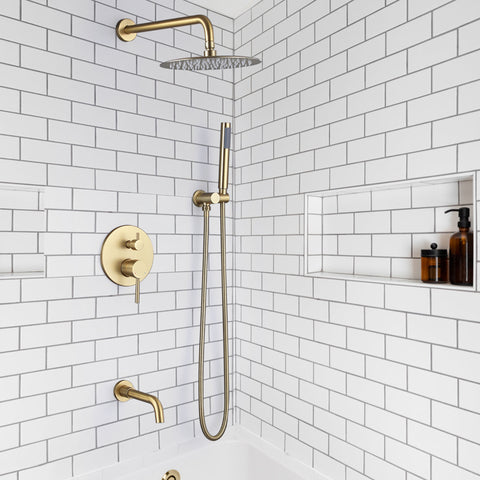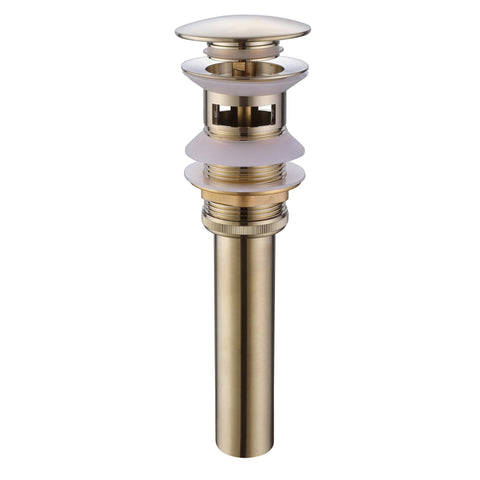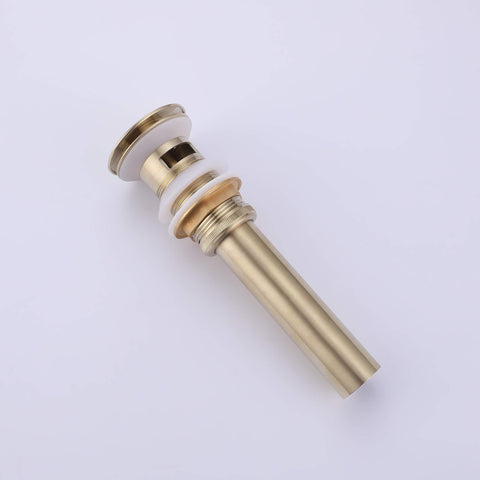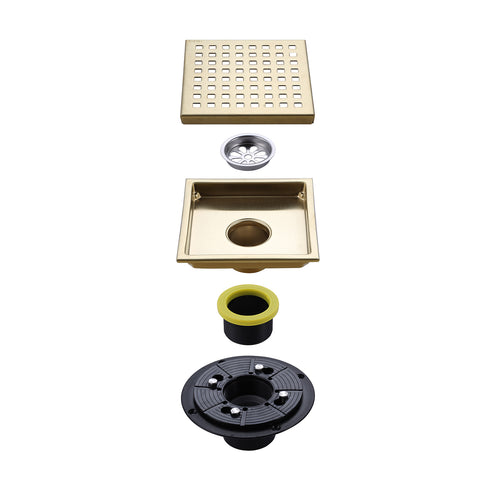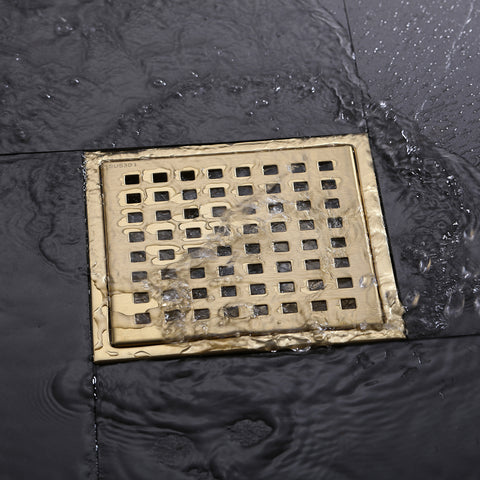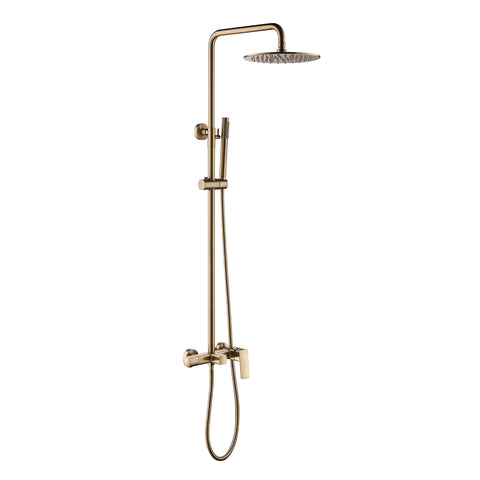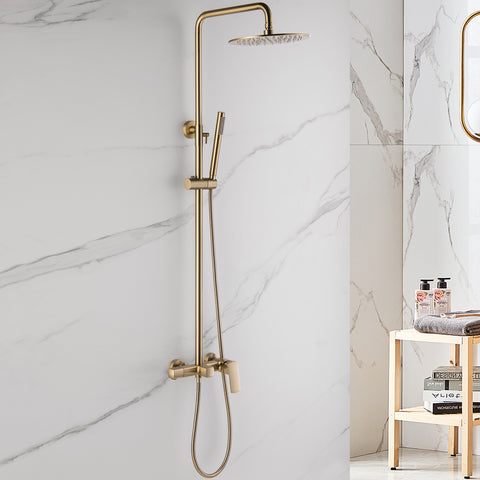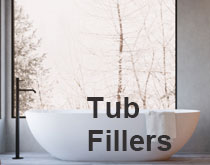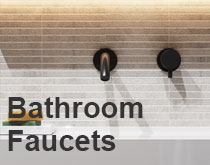Pull-Out Kitchen Faucet Problems & Maintenance Tips You Should Know
In the world of modern kitchen design, pull-out kitchen faucets have become increasingly popular thanks to their convenience and versatility. These faucets simplify everyday tasks like washing dishes and filling large pots. However, like any frequently used fixture, they may encounter some common issues over time. In this blog, we’ll explore those issues and share practical tips to help you maintain your pull-out kitchen faucet effectively.
Common Problems with Pull-Out Faucets
1. Leaking Faucet
Leaks may occur around the base, handle, or spray head, wasting water and potentially damaging cabinets or countertops.
Precaution & Solution: Check and tighten loose connections. Replace worn O-rings or seals. If leaking continues, consult a professional plumber.
2. Low Water Pressure
Low pressure can make rinsing and filling pots inefficient. It’s often caused by mineral buildup clogging the aerator.
Precaution & Solution: Soak the aerator in vinegar overnight. If the issue persists, replace it with a new one.
3. Sprayer Head Issues
Weak spray, irregular water flow, or a stuck sprayer head are common complaints.
Precaution & Solution: Avoid pulling the hose too forcefully. Clean the spray head regularly. If the head sticks, inspect for kinks or knots in the hose.
4. Handle Becomes Loose or Stiff
A loose or hard-to-turn handle can affect water flow and temperature control.
Precaution & Solution: Tighten the handle as needed. Use silicone-based lubricant for stiffness. Replace the cartridge if lubrication doesn’t help.
5. Corrosion and Rust
Moisture and hard water can lead to rust and corrosion, affecting faucet appearance and water quality.
Precaution & Solution: Choose corrosion-resistant faucets. Clean and dry regularly. Remove rust with a soft brush and baking soda paste if needed.
How to Maintain Your Pull-Out Faucet
- Regular Cleaning: Wipe the faucet with mild soap and water to remove buildup and grime.
- Gentle Use: Don’t yank the sprayer—use a smooth motion to protect the hose and internal parts.
- Proper Installation: Have it installed by a professional to ensure secure fittings and long-term reliability.
- Annual Maintenance: Inspect for leaks, clean the aerator, and check hoses or cartridges for wear.
Conclusion
Pull-out kitchen faucets are a functional and stylish addition to any kitchen. With regular care and a few proactive steps, you can extend the life of your faucet and keep it operating like new. Stay ahead of small issues to enjoy a hassle-free, high-performance kitchen experience every day.
